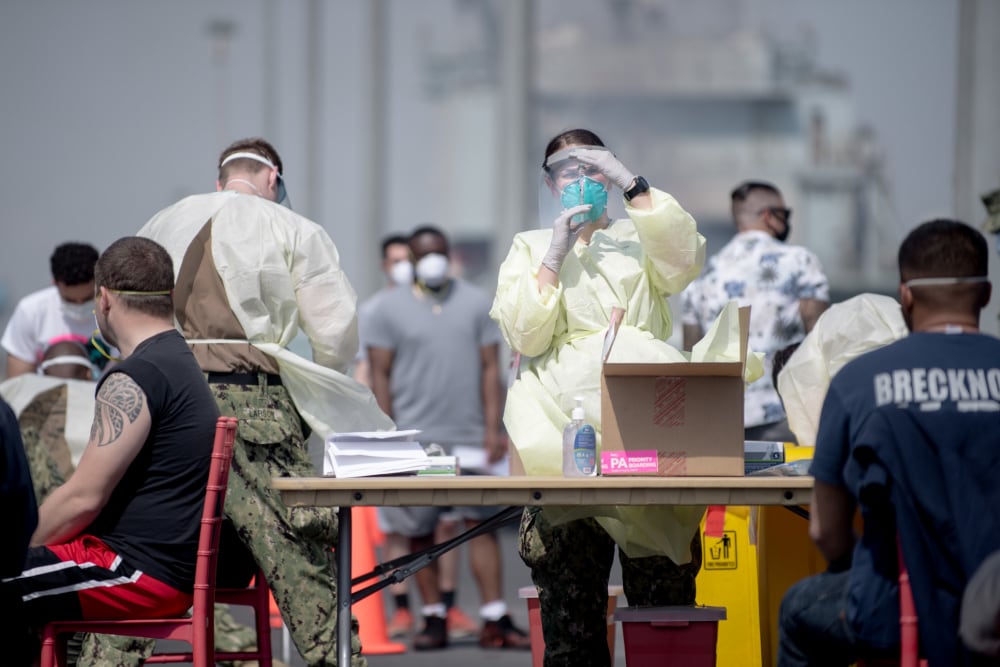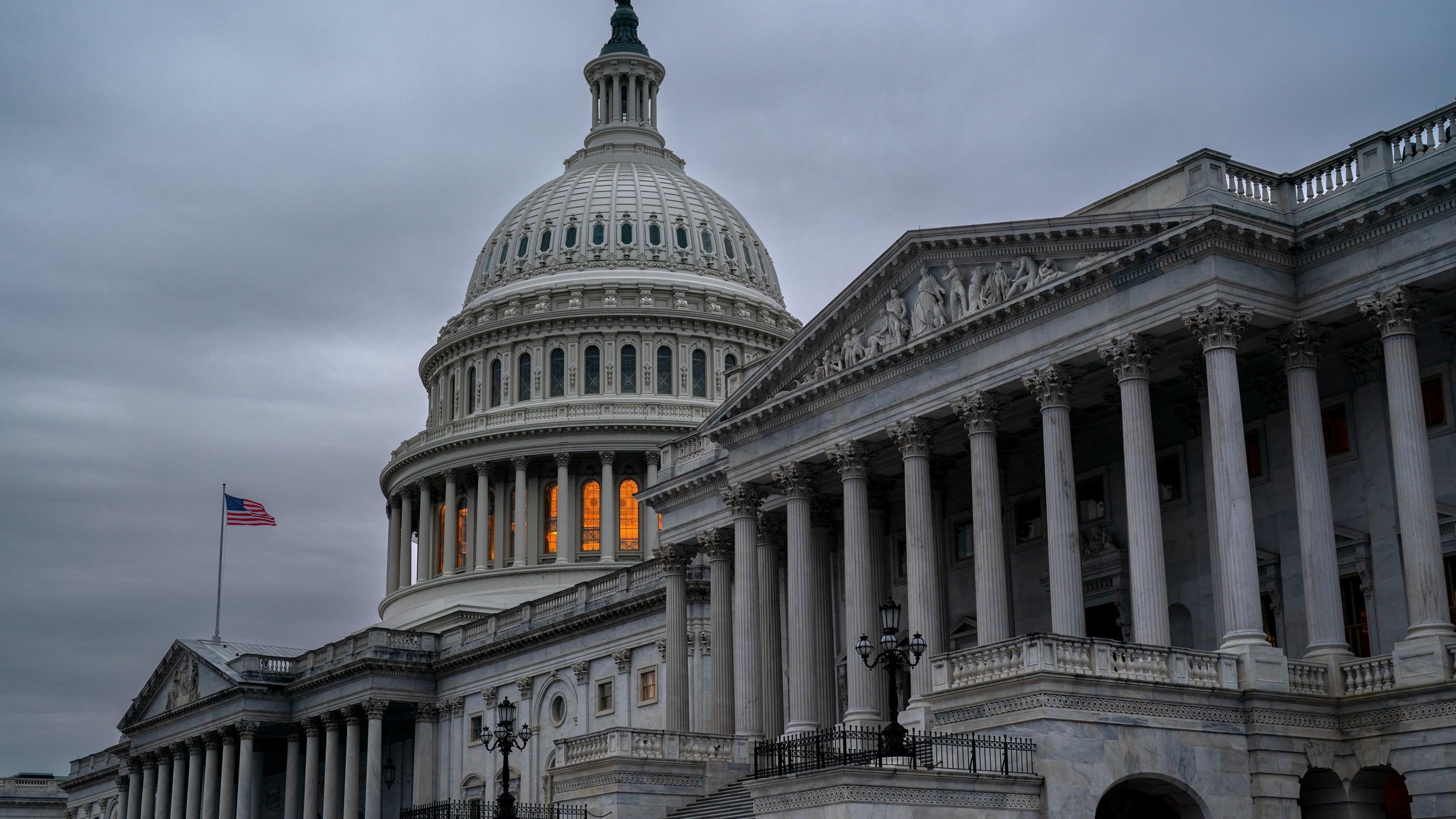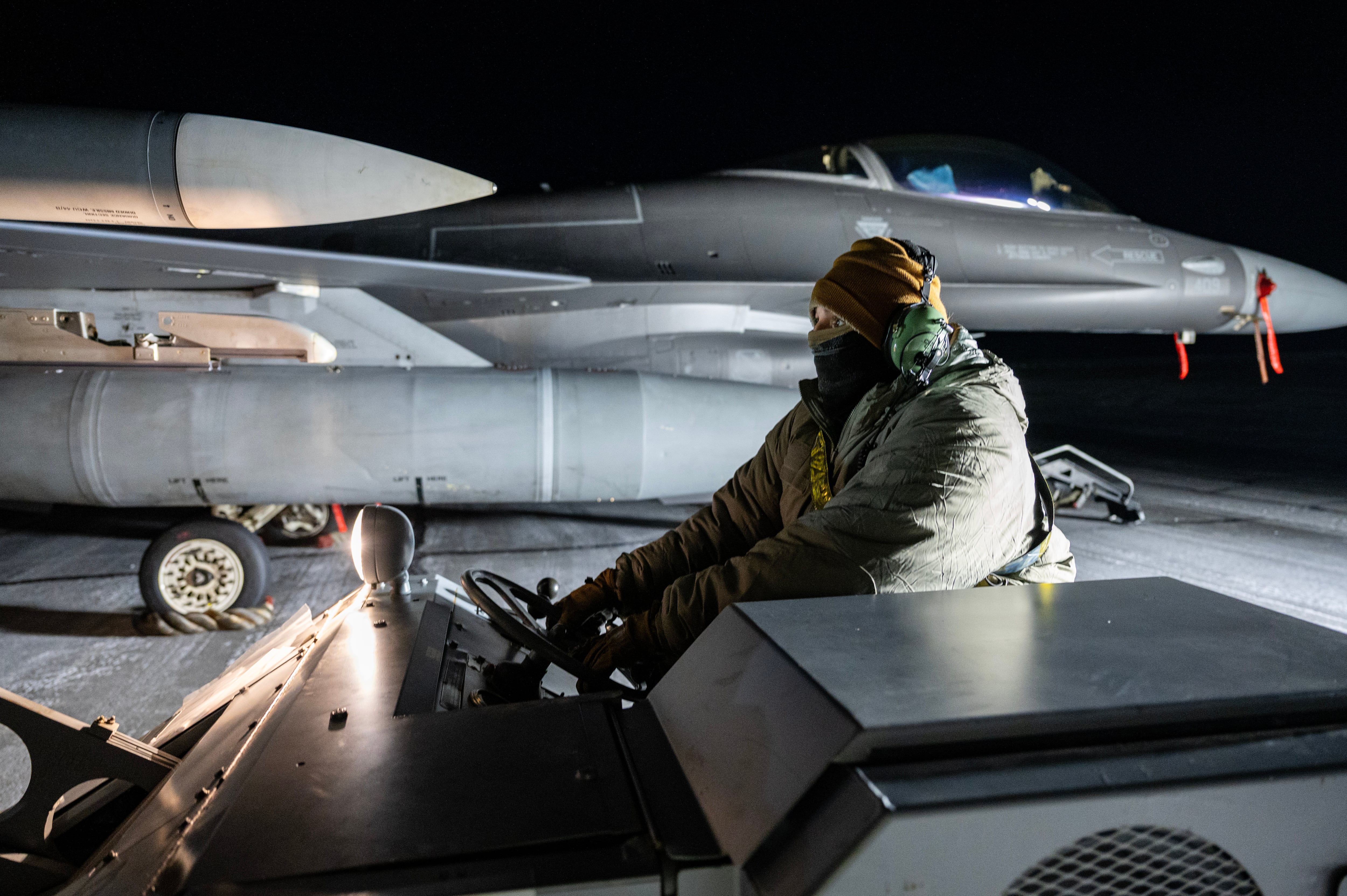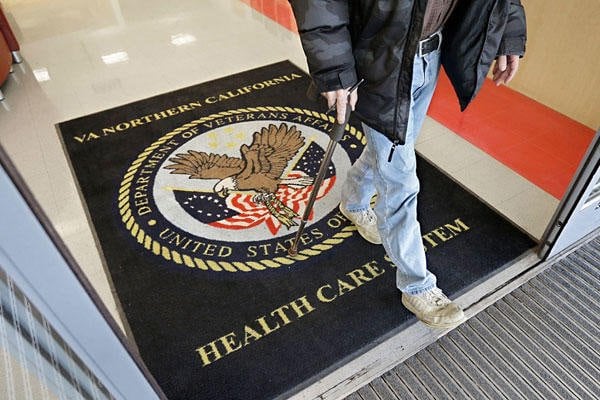More than a third of sailors have received the COVID-19 vaccine — but the Navy is still worried about the reluctance of some service members to get the jab, according to the Navy’s top officer.
“Right now, about 35 percent of the force is vaccinated,” Chief of Naval Operations Adm. Mike Gilday said Wednesday at a virtual event the Center for a New American Security hosted. “As soon as we get those doses, we are putting them into arms as quickly as we can. And that will get us to a better place.”
But vaccinating the entire Navy is an ambitious effort, and Maj. Gen. Jeff Taliaferro, the Joint Staff’s vice director for operations, said in February that approximately two thirds of troops who were offered the vaccine had accepted it.
More recently, military officials have said that take rates for the vaccine are increasing though, including among service members who previously weren’t interested in receiving one. However, the Pentagon isn’t certain how many troops are declining the vaccine because the take rates are only tracked at a local level.
RELATED
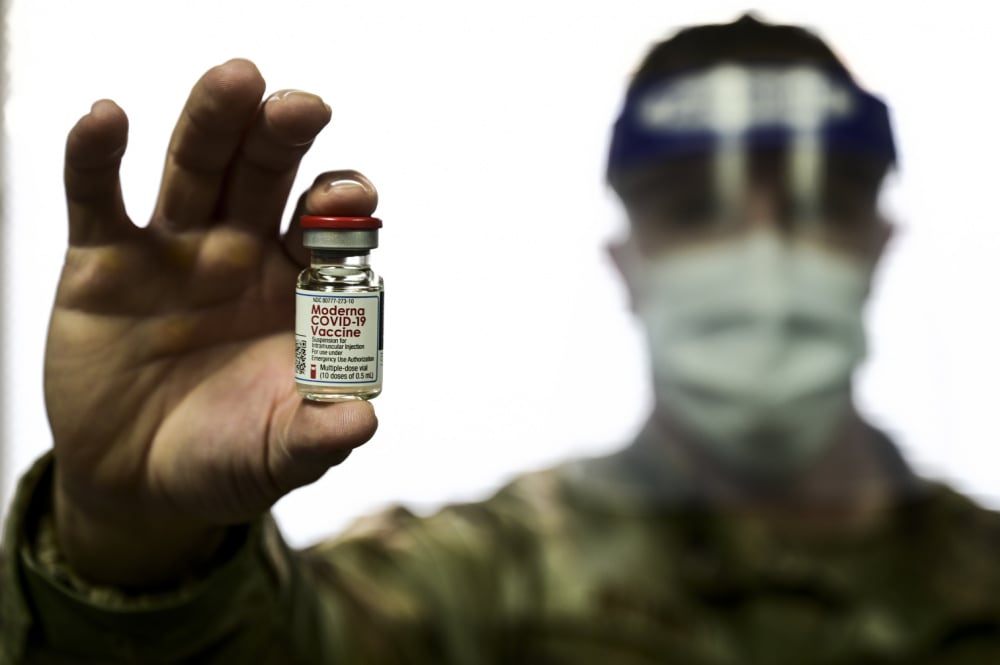
Navy Times previously reported that some service members are skeptical of receiving a COVID-19 vaccine for a variety of reasons — including that it was created quickly as well as the military’s history of using service members to test chemical warfare agents, protective clothing and pharmaceuticals.
Due to those concerns and the resulting reluctance among some to get the jab, the Navy is trying to close those gaps to mitigate the risk COVID-19 poses to sailors and operational readiness.
“So with respect to the hesitancy, yes, that is concerning because I’d like to get every ship underway with 100 percent immunized crews,” Gilday said. “In some cases, we’re up at 97, 98 percent.”
One tactic that the Navy has found helpful getting more sailors immunized is bringing the vaccine directly to sailors, Gilday said.
“We’ve found that instead of bringing the crew to the vaccine, if we bring the vaccine to the crew and we line the crew up — let’s say together at the ship or at the submarine or at the aviation squadron,” Gilday said. “As they stand there and as they talk amongst themselves, there is a bit of peer pressure there that tends to bend things in a positive direction in terms of people saying ‘Yeah OK, if you’re going to get it, I’m going to get it. We’re in this as a team.’”
The Pfizer and Moderna COVID-19 vaccines are not mandatory, because the U.S. Food and Drug Administration has approved them under an emergency-use authorization. As a result, some Democratic lawmakers have urged the Biden administration to waive such restrictions and mandate vaccinating all members of the military.
“It is voluntary at this point. So we can’t pressure anybody to take it,” Gilday said. “In terms of incentivizing, as we understand the effectiveness of the vaccine better, I think we’ll begin to see a loosening up of restrictions.”
Gilday warned though that such changes must take into account the possibility of another surge of COVID-19 cases in the country. Even so, he said that the Navy would like to create more incentives such as opening up more places on base and giving more freedoms to those immunized, and therefore entice more sailors to become vaccinated.
RELATED
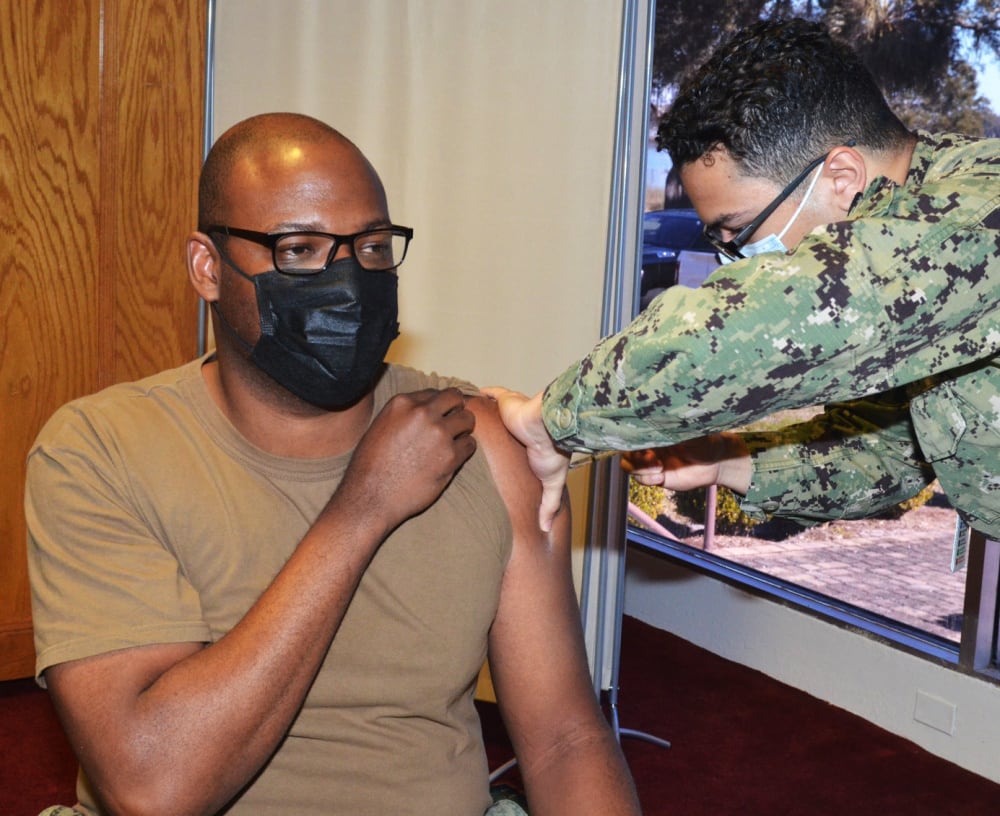
The Navy is already moving in that direction, and the service announced in February that the service would loosen COVID-19 restrictions for sailors who have been vaccinated.
For example, the Navy said that completely vaccinated crews would not be subjected to restriction of movement (ROM), sequesters and may “relax health protection measures aimed at mitigating the spread of the novel coronavirus,” according to a NAVADMIN message.
“For crews who are 100 percent immunized…modeling shows the risk of infection is extremely low,” the NAVADMIN said.
Likewise, sailors who’ve been vaccinated may participate in port calls in overseas U.S. ports such as Yokosuka, Japan and Rota, Spain, among other locations where they may utilize base services. And, those immunized sailors will not need to quarantine ahead of deployments — so long as their final vaccine dose was issued in the last three months.
“In short, fully immunized sailors will allow our Navy to begin to unwind the limitations that have been placed on our sailors at sea,” the NAVADMIN said. “The higher percentage of the crew immunized, the less risk there is to a widespread outbreak
There have been a total of 176,500 COVID-19 cases in the military, including nearly 36,500 from the Navy, according to Pentagon figures updated April 5. Twenty-four service members have died as a result of the virus.
